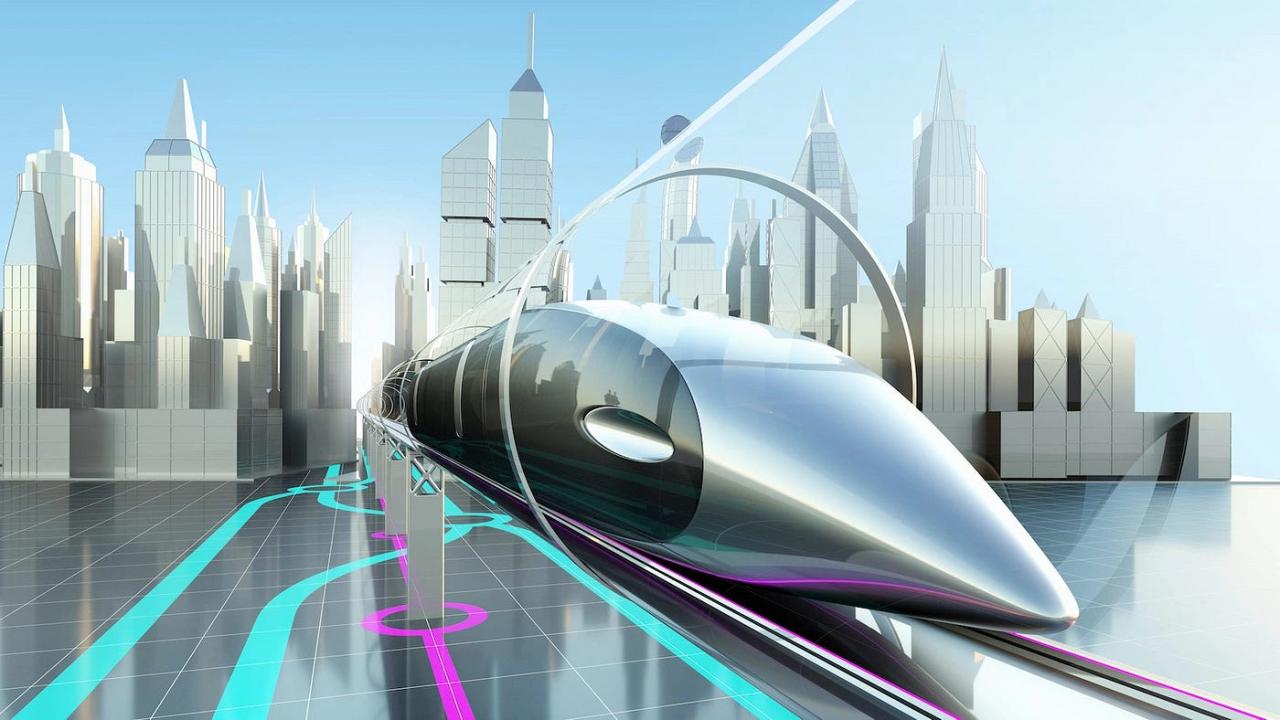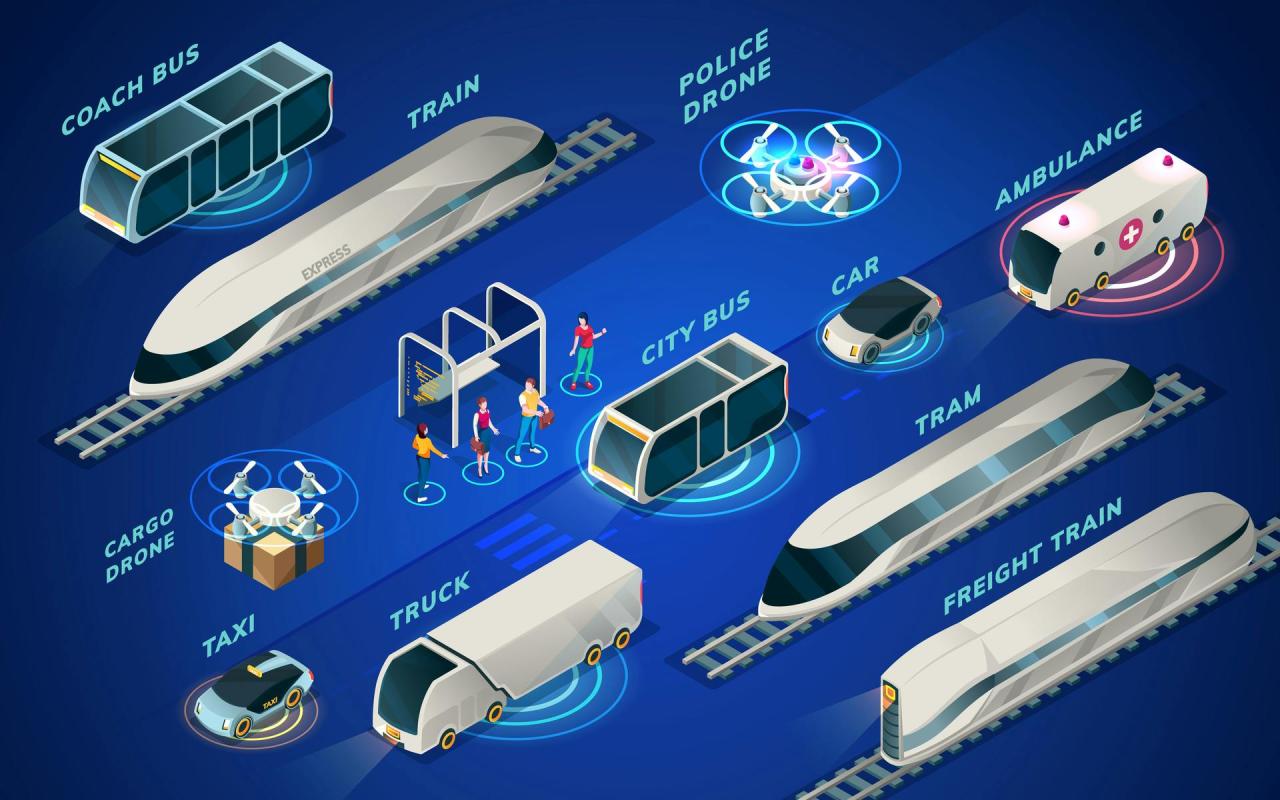Electric Cars to Hyperloop Technology: The Transport Revolution


In the contemporary era of the day, transportation is not only about reaching from point A to point B—it’s about reaching there quickly, economically, and in a way that does not harm the planet. As fears of climate change continue to swell and technology is advancing at a dizzying speed, the world is undergoing a huge transport revolution. Electric vehicles and Hyperloop technology are two such revolutionary technologies leading the pack of this revolution.
Electric Vehicles (EVs): The Beginning of a New Era
Although electric cars have existed for decades, it is only now that they are mainstream. Tesla, BYD, and Nissan are at the forefront with vehicles that not only are green but also highly technologically sophisticated.
EVs have several benefits, including zero tailpipe emissions, lower operating expenses, and performance increasingly similar to traditional fossil-fuel-powered vehicles. Additionally, regulatory incentives from governments worldwide have created demand for electric vehicles worldwide.
The Technology Behind EVs
With advances in lithium-ion battery technology, electric vehicles go further and charge quicker. At the same time, charging infrastructure is expanding, with fast-charging stations more and more common in suburbs and cities.
There are still obstacles, though. Battery disposal, range anxiety for some models, and comparatively high sticker prices are still hurdles to wider use.
Hyperloop Technology: The Future of High-Speed Transit
Hyperloop, as initially imagined by Elon Musk, is a hypothetical transportation system through which pods travel in low-pressure pipes at speeds of 1,200 km/h.
Several companies, including Virgin Hyperloop and Hardt Hyperloop, are in the process of developing prototypes and test tracks. Hyperloop, if made possible, shall be quicker, more efficient, and greener compared to short-distance flight.

Advantages and Societal Impact Hyperloop Technology
Hyperloop and EVs both have huge potential to lower carbon emissions, increase mobility, and improve intra-regional connectivity. Besides that, the above technologies have potential to trigger economic growth, open up new employment avenues, and increase quality of life in general.
Challenges and Criticism Hyperloop Technology
While promising, these technologies will have to overcome great hurdles. Initial investment costs are high, there are safety concerns, and regulatory frameworks are uncertain—particularly for Hyperloop. Moreover, there remains a stark technology access gap between the developed and developing world.
Toward a Smarter, Greener Future
The revolution in transport by electric vehicles and Hyperloop technology is a quantum leap to a smarter, greener tomorrow. Together with governments, industries, and societies in unison, such dreams are not dreams anymore—these are already underway.
It is more so now than ever before that it is time for us to play our part towards green mobility. Will you join the transport revolution?
